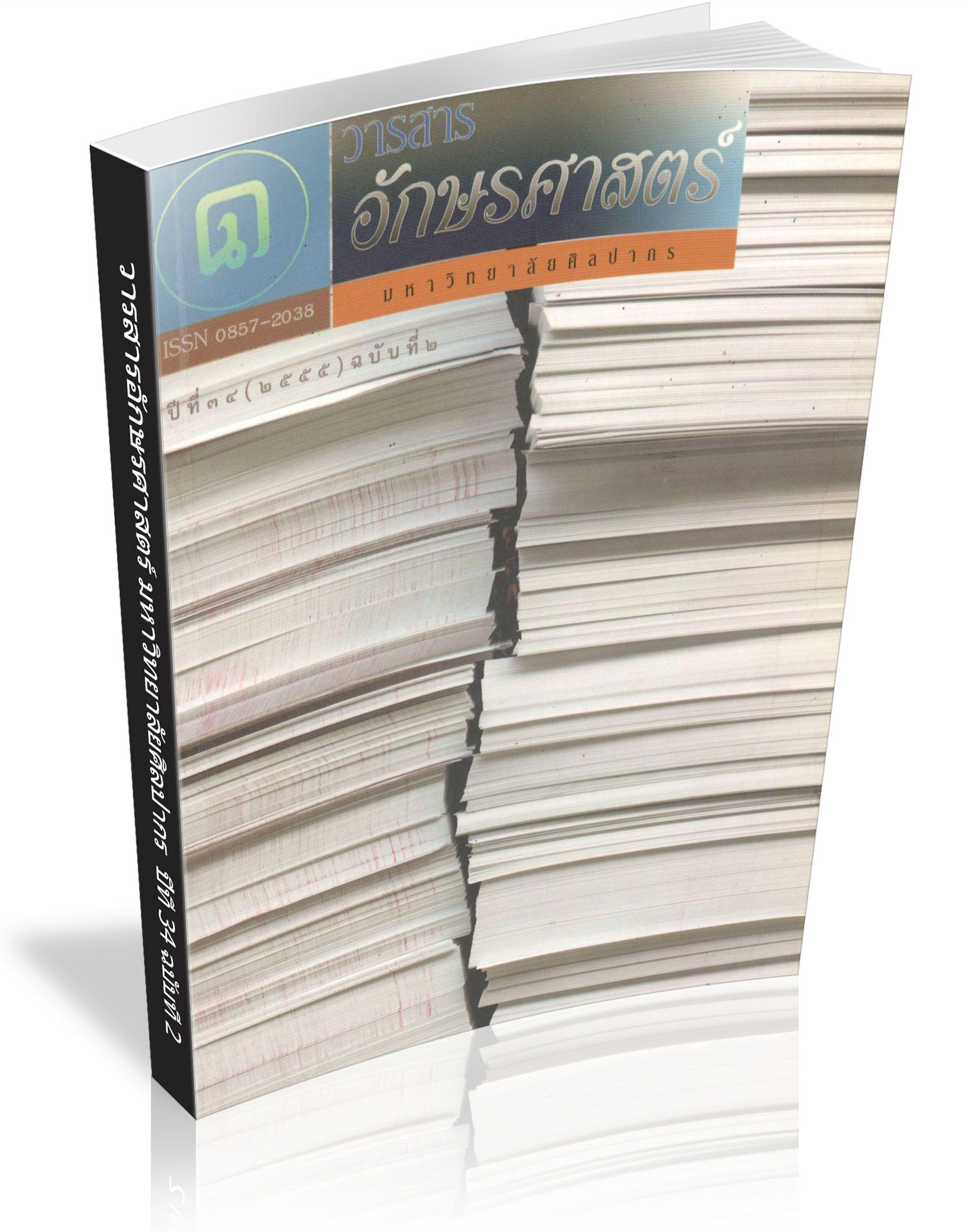Dunhuang : the Land of Buddhist in China
Keywords:
Dunhuang, Buddhism, Mogaoku caves, Buddhist artsAbstract
The article aims to study the history of the Dunhuang, the origin of Buddhism in the area, as well as the Buddhist relics from the Mogaoku caves, which are regarded as an important Buddhist historical site and designated world cultural heritage status by the UNESCO. This artifacts provides an overview of a change of governance in Dunhuang and its impact on the prosperity and downfall of Buddhism in the region. Despite the decline of Buddhism in the area, religious remnants, such as the Mogaoku caves containing numerous invaluable Buddhist artworks, have distinctly left an indelible footprint on the legacy of Buddhism in Dunhuang.
Downloads
Downloads
Published
How to Cite
Issue
Section
License
ผู้เขียนบทความต้องยินยอมในข้อกำหนดต่าง ๆ ของวารสารก่อนส่งบทความตีพิมพ์




